Spend tens of millions of dong to buy a generator
Quickly taking dozens of packages of milk she had just expressed for her child out of the freezer, Ms. V., in the An Binh apartment complex (Bac Tu Liem District, Hanoi), looked sad when she said that her apartment complex announced that the electricity would be cut off from about 5 p.m. to 2 a.m. the next morning on June 6. "The milk, meat, chicken, vegetables... in the refrigerator must be taken out and prepared to be sent to the store. My two children also have to go to their grandmother's house at night. If this situation continues, I probably won't be able to stand it," Ms. V. shared.
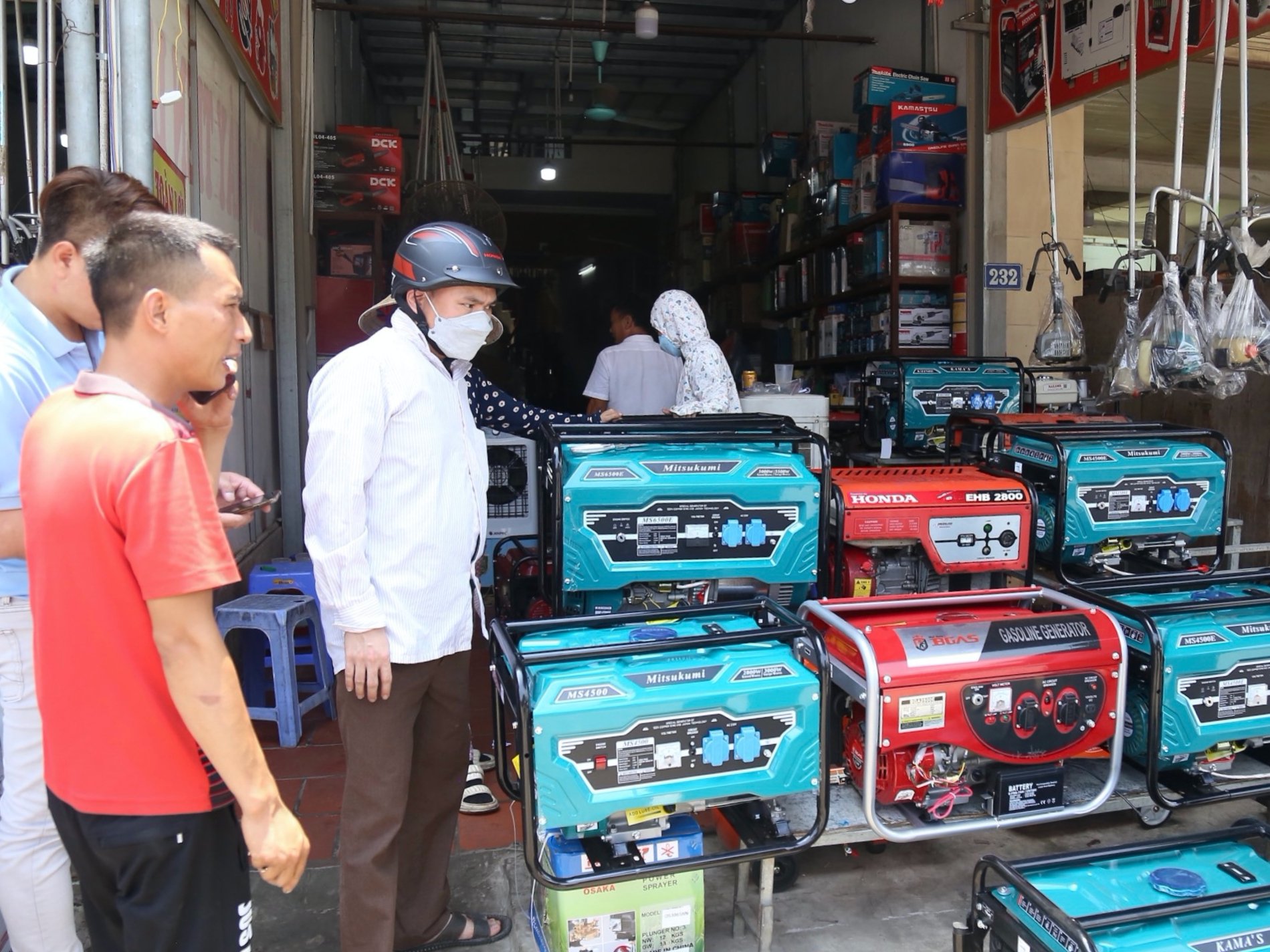
Prolonged power outage in the north, many people reluctantly spend tens of millions of dong to buy generators for daily use.
Cases like Ms. V. are typical of the situation where people have to cope with the intense heat when there is a power outage. Recorded in Hanoi and some northern provinces, this situation disrupts daily life, causing economic losses and income losses for many households.
In Long Bien District (Hanoi), people flocked to AEON Mall Long Bien to escape the heat. The seating areas in the lobbies and floors were always full. Many families even used strollers as a place for their children to take a nap. With grandchildren coming home for summer vacation but often experiencing power outages, Mr. Le Van Trung (Chuong My District, Hanoi) had to "bite the bullet" and spend 12 million VND to buy a generator. "Even adults can't stand the heat and power outages, let alone children. I love my children and grandchildren, so I tried to buy a generator to run an electric fan," Mr. Trung said.
In Quang Minh commune (Ba Vi district, Hanoi), frequent sudden power outages have caused damage to many livestock farming households. "On the morning of June 2, the area where my house was located had a power outage, causing about 2,000 chickens to die from heat and suffocation, causing nearly 100 million VND in damage," said Ms. Linh, a local livestock farmer.
Bac Giang province is also a hot spot. These days, people are rushing to buy generators and rechargeable fans. The price of each generator, depending on the capacity, ranges from a few million to more than ten million VND, but many electronics centers are "out of stock". One day, a business sold about 300 generators but could not meet the demand. According to the People's Committee of Bac Giang province, from June 6 onwards, the electricity sector here will prioritize supplying electricity to businesses during the day to maintain production, and will supply electricity for daily life at night. But this electricity supply solution makes people worried, especially businesses. Ms. Vu Thi Giang, a small business owner in Bac Giang city, said that if there is a power outage all day, she will have to run the generator for about 12 hours, continuously for 20 days, which is very costly, not to mention the days without electricity, goods cannot be circulated. "My family runs a paper business, and paper is related to photocopying and printing. With such a long power outage, it's very difficult for us to operate. Or where do businesses that sell frozen foods get money to run generators?" Ms. Giang said worriedly.

Many families go to shopping malls to escape the heat when the power is cut off at home.
Save thoroughly
The North is not only at risk of "power shortage" but is actually "short of power", this fact was acknowledged by Deputy Minister of Industry and Trade Do Thang Hai at the recent regular Government press conference.
Speaking to Thanh Nien , an EVN leader confirmed that the power supply for the northern provinces is in a very difficult situation due to prolonged heat, high demand for electricity while many hydroelectric reservoirs are running out of water and not generating enough electricity. Thermal power plants have reduced capacity.
By June 3, most hydroelectric reservoirs in the North had reached the dead water level, including large reservoirs including: Lai Chau, Son La, Tuyen Quang, Ban Chat, Hua Na, Thac Ba. In particular, the two hydroelectric plants Lai Chau and Son La, which supply a very large amount of electricity to the North, are having to run at minimum capacity below the dead water level, posing many potential risks in operation. EVN is trying to maintain the operation of the Hoa Binh Hydroelectric Plant to control the system. The total unmobilized capacity of hydroelectric plants in the North is about 5,000 MW. Many coal-fired thermal power plants in the system are also experiencing reduced capacity or incidents due to continuous high operation. According to EVN, by June 5, 10 thermal power plants had been recorded with reduced capacity of about 926 MW, and 11 other units had incidents due to overload operation, causing a total lost capacity of up to 3,250 MW.
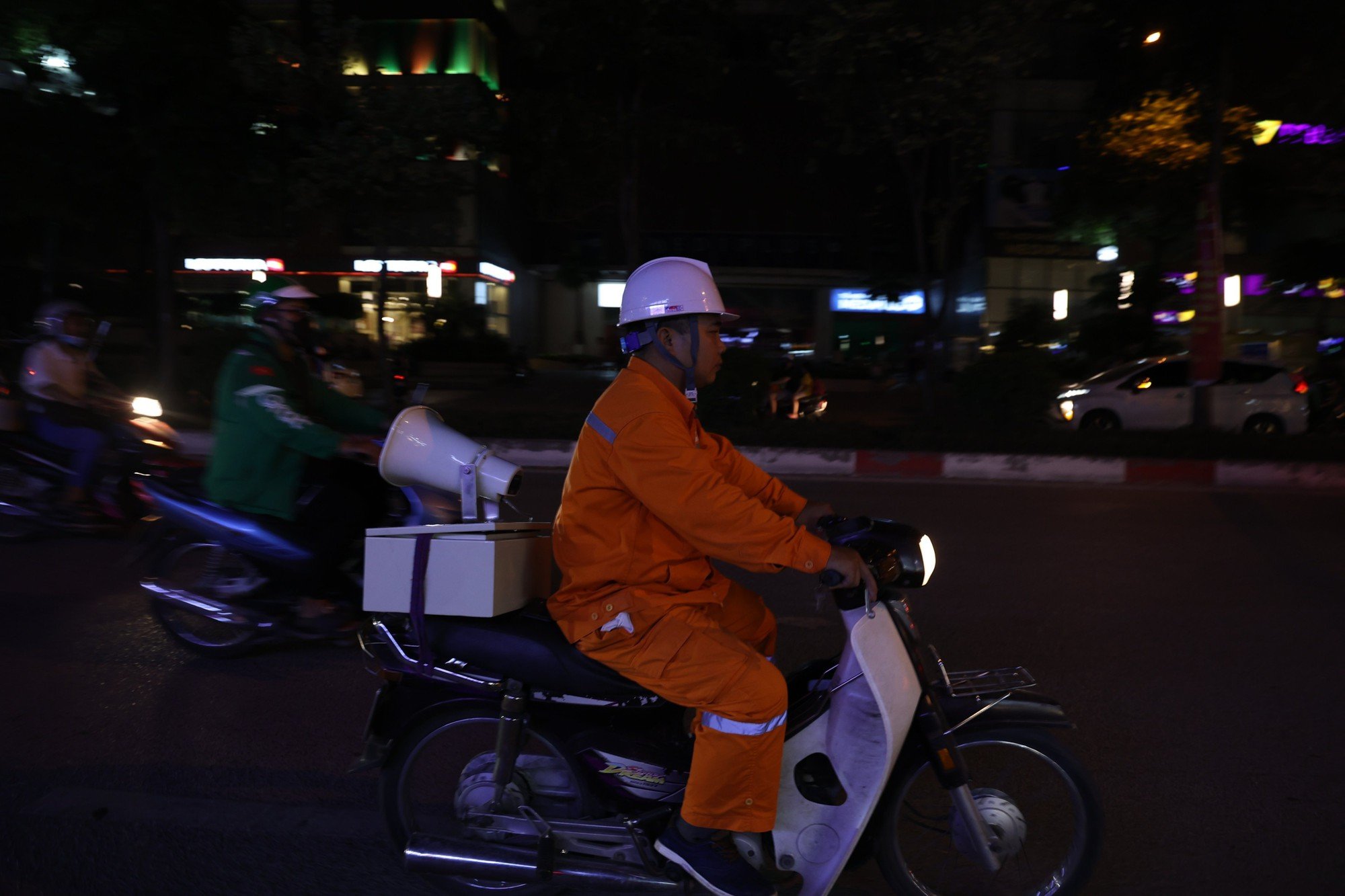
Hoang Mai District Electricity (Hanoi) employees use loudspeakers at night, calling on people to save electricity.
According to EVN leaders, the group has been applying many solutions to supply electricity to the North; however, the power shortage will not be resolved overnight, and is expected to last until the end of June. Specifically, EVN has operated the maximum 500 kV line to transmit electricity from the South to the North and cannot increase it. For thermal power plants, coal supply has been sufficient for operational needs. When thermal power plants have problems, EVN has proposed transferring coal to the remaining plants that can increase capacity to operate at maximum power generation capacity. "Supplementing the power supply to the North is currently very difficult, there is no other way but for consumers to save electricity thoroughly and use electricity as efficiently as possible to overcome current difficulties," said the EVN leader.
Prime Minister requests inspection of EVN's electricity supply situation
The Prime Minister has just issued an official dispatch directing the implementation of solutions to ensure electricity supply. The Prime Minister requested the Ministry of Industry and Trade to review and carefully assess the current electricity supply situation, urgently guide EVN to develop proactive scenarios to promptly respond to difficulties in electricity supply and organize implementation according to regulations, to be completed before June 10. At the same time, complete the Prime Minister's directive on enhancing electricity saving in the period of 2023 - 2025 and the following years, submit it to the Prime Minister for signing and promulgation before June 8.
Urgently complete the Prime Minister's directive on ensuring electricity supply, coal and gas supply for electricity production in the coming time. Research and provide guidance on the final handling of wind and solar power projects that have been invested in and constructed but have not met the deadline for applying the FIT price mechanism (expired). Urgently provide guidance on negotiating electricity prices in the spirit of "harmonized benefits and shared risks" for wind and solar power projects in the above categories according to regulations, to be completed in June 2023...
In particular, the Prime Minister requested the Minister of Industry and Trade to direct the establishment of a specialized inspection team in accordance with the law on EVN's electricity management and supply from January 1, 2021 to June 1, 2023.
Mai Ha - P. Hau
Mr. Ha Dang Son, Director of the Center for Energy and Green Growth Research, under the Vietnam Union of Science and Technology Associations, said that it is "unfortunate" that the North lacks electricity due to many objective factors, difficulties in coal and gas supply for electricity production; many projects are behind schedule; prolonged heat and drought cause hydropower plants to lack water to generate electricity. "When the hydroelectric reservoirs reach dead water level, it means that the mobilization capacity of the entire power system will no longer be more than 50,000 MW as before. According to the information we received, the mobilization capacity is low, only about 40,000 MW, or even lower. In this case, when the load is high, it will reach 46,000 - 47,000 MW as recently. Especially in the North, the load is very high but the capacity to supply is very low, leading to overload, causing power failures. When consumers use a lot of electricity during peak hours, it can easily lead to widespread power outages," Mr. Son explained.
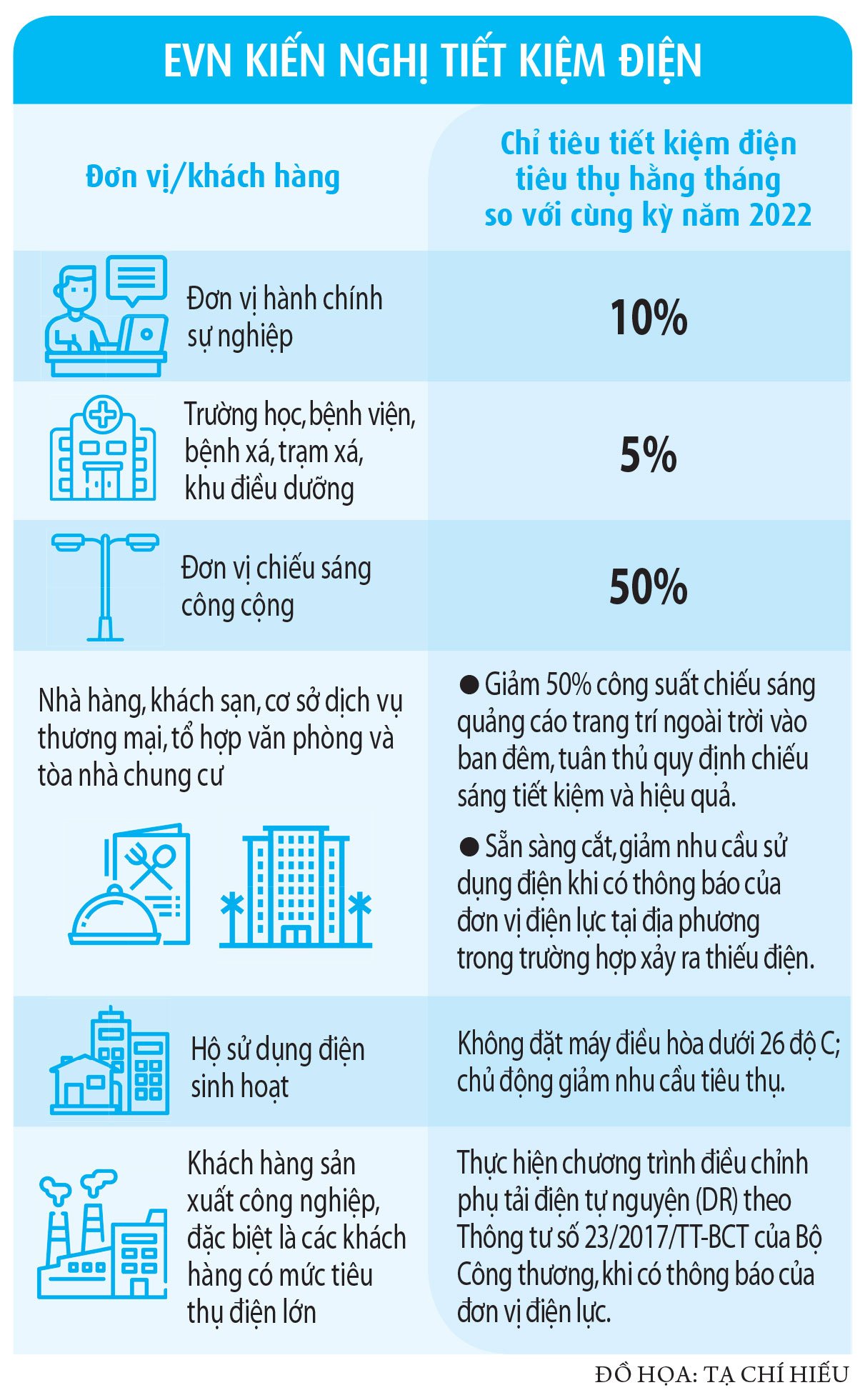
Also according to Mr. Ha Dang Son, if looking at the distribution structure of the recent transitional wind and solar power projects with a total capacity of about 4,700 MW, the North Central region only has 65 MW (about 4%), the remaining approximately 96% is located in the Central Central region, Central Highlands, and the South and it is not possible to mobilize this power source to supply the North.
"The fastest solution to overcome the current power shortage in the North and in the coming years is to strongly promote the rooftop solar power investment mechanism with the goal of self-consumption as proposed in Power Plan 8. In addition, the Northern provinces are facing a huge challenge in that the power transmission system, which has no regional connection in the North and Central regions, is still congested, requiring strong and radical solutions such as site clearance, land compensation, etc. in transmission projects. This must be handled and resolved from the perspective of ensuring energy security," said Mr. Son.
Source link



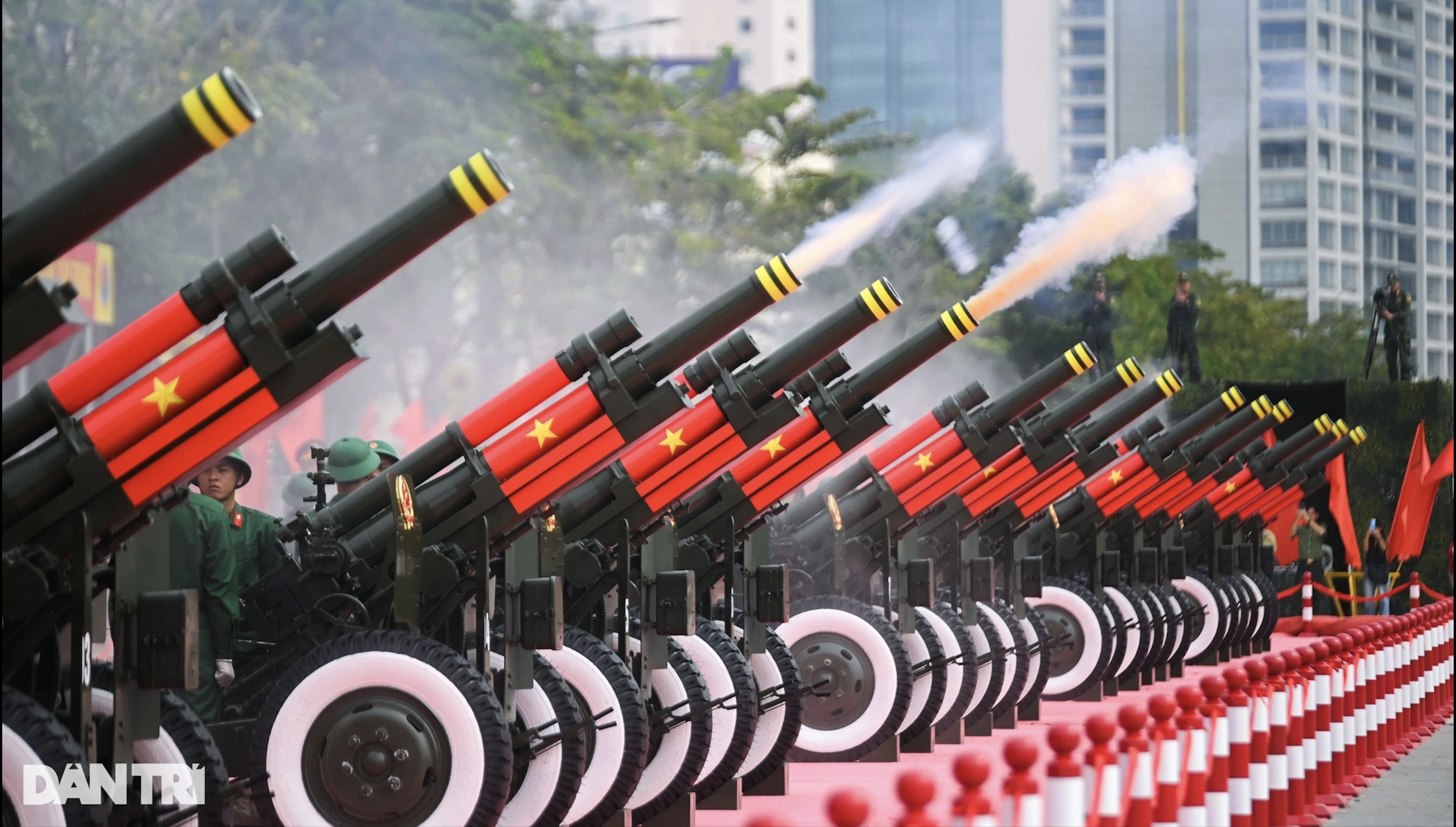






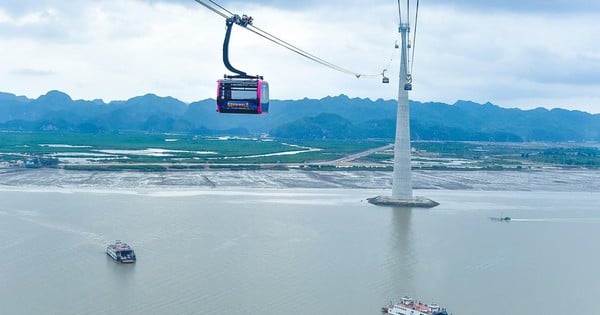










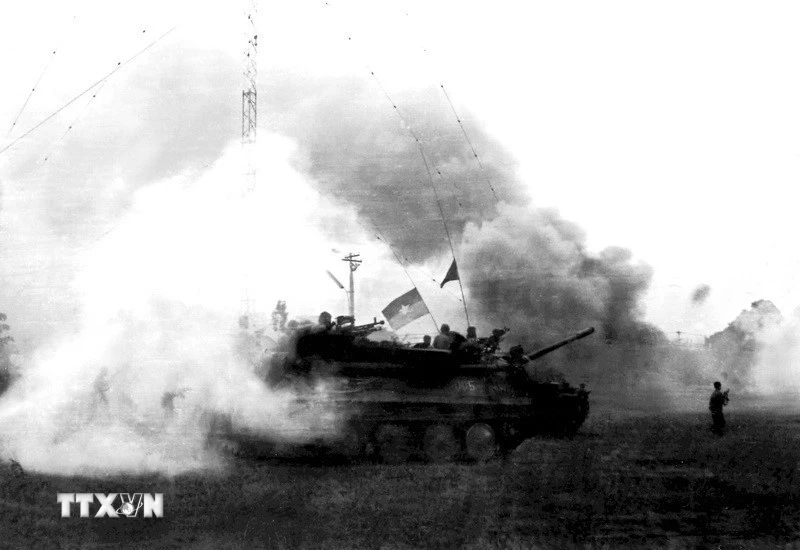










![[Photo] Visiting Cu Chi Tunnels - a heroic underground feat](https://vstatic.vietnam.vn/vietnam/resource/IMAGE/2025/4/8/06cb489403514b878768dd7262daba0b)
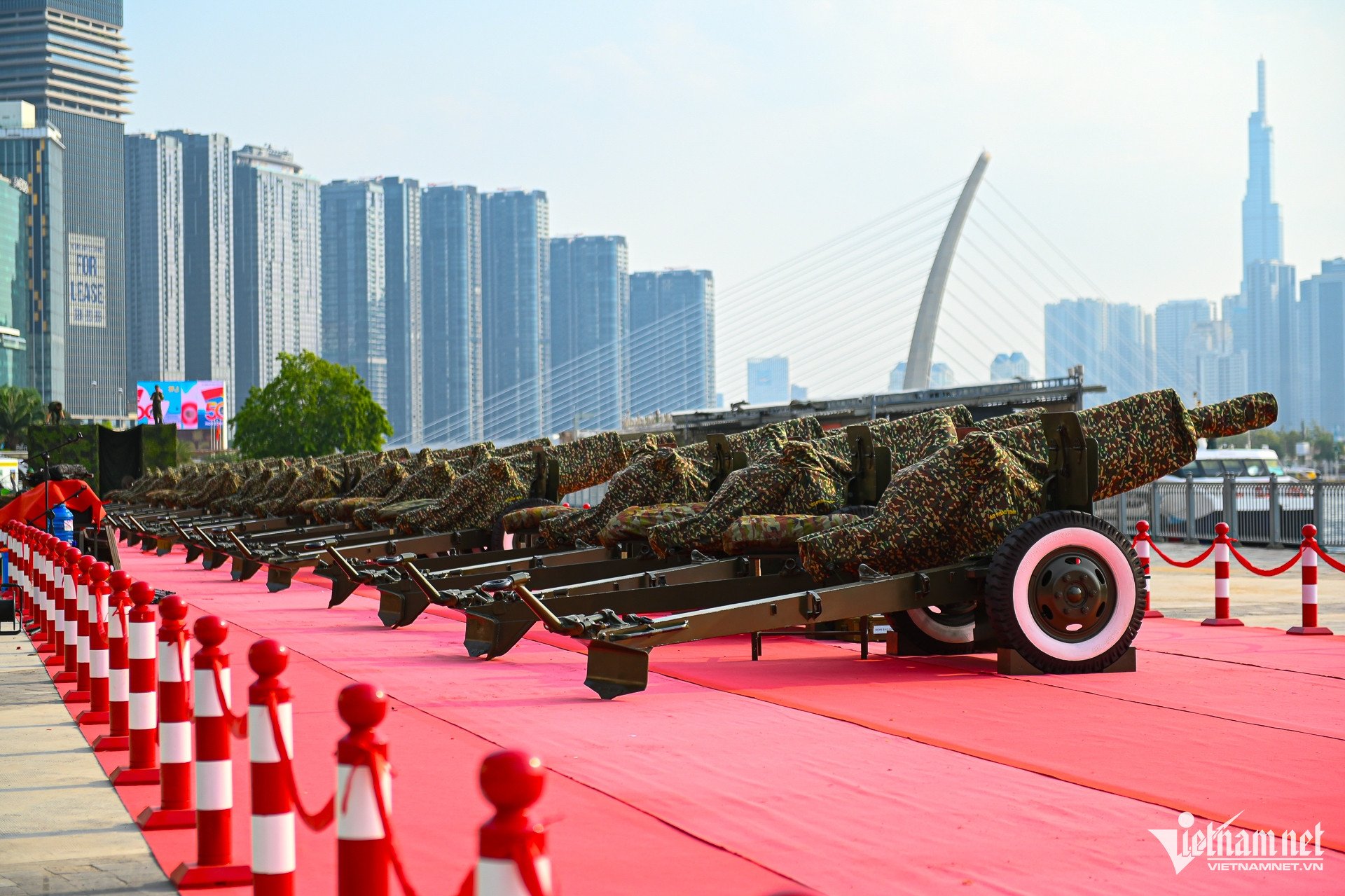




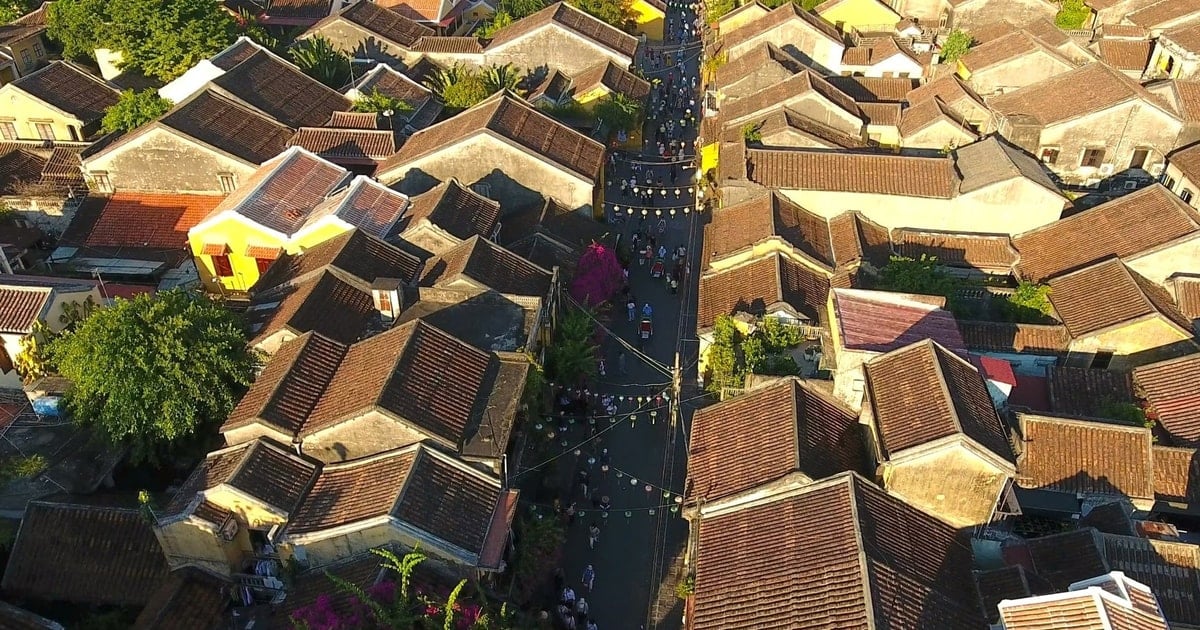



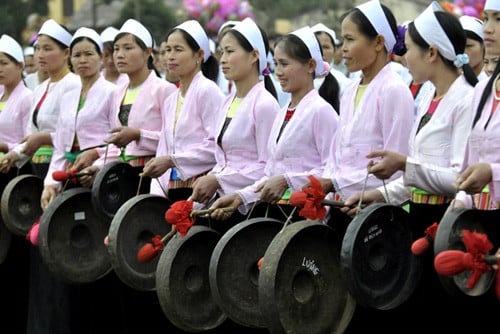






























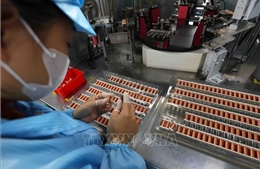



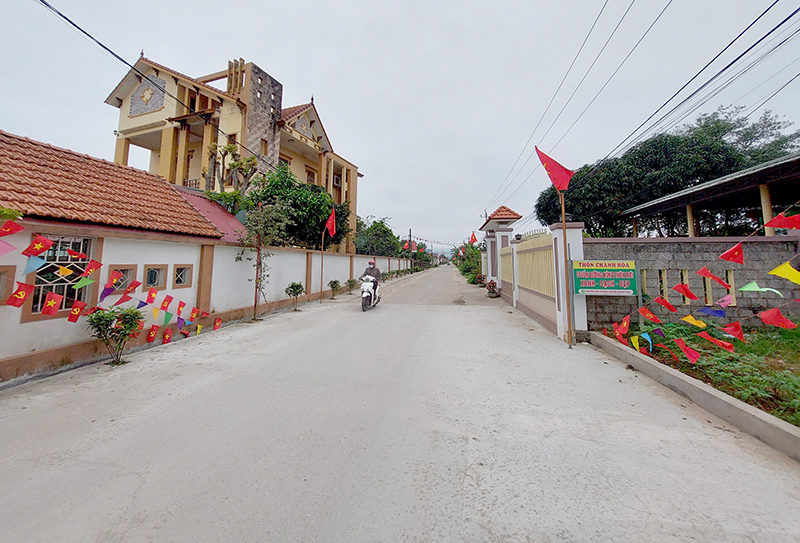










Comment (0)